Bottom-Funnel Content for Legal Websites
Law firm websites and social media pages are, in most cases, misused communication tools. While they provide tons of information, it is deployed without the clear intention of conveying a firm identity or attracting clients. However, certain content, known as “bottom-funnel content,” can transform law firm websites from placeholders into revenue drivers.
The Sales Funnel
An understanding of the sales funnel is necessary to use a website for revenue generation. In planned purchases of legal services (as contrasted with unexpected legal demand stemming from an incoming lawsuit), a potential buyer usually adheres to a procurement or purchasing cycle. It is the law firm’s responsibility to align its selling cycle with its ideal client’s purchasing cycle.
- At Stage 1, the Awareness Stage, of the purchasing cycle, the buyer becomes aware of possible providers.
- During Stage 2, the Consideration Stage, the buyer researches and considers various offerings and eliminates those providers and offerings that the buyer deems unsuitable.
- Next is Stage 3, the Preference Stage, which is the most critical stage. Here, the buyer evaluates the providers who made its short list, perhaps engages with them directly, and settles on a preferred vendor. It is at this stage that the buyer has formed an intention to buy.
- In Stage 4, the Purchase Stage, the buyer negotiates with sellers, usually in order of preference, and completes the purchase.
- Stage 5, the Loyalty Stage, is a post-sale step when the buyer receives the procured services and has the potential to become a loyal repeat client, a reference, and a source of referrals if the client experience meets the buyer’s expectations.
Common Website Content
Nearly all law firm website content is aimed at the first two stages of the purchasing cycle, before the buyer has formed an intention to buy. Examples of such early-stage content include logos intended to brand the firm and press releases announcing the arrival of ex-judges, former congresspersons, or retired federal officials. The purpose of such new-hire announcements is to notify the public of a firm’s deepened expertise or know-how in a particular field. In sales, we call this top-funnel (top of the sales funnel) content because it targets everyone rather than a reader interested in making a purchase.
Sometimes websites also contain content, such as white papers or market research, for which a visitor must provide an email address to gain access. In sales and marketing, we call this “gated” or “behind-the-wall” content. Many sellers mistake this restricted content for sales content. However, all a website visitor has revealed is a general interest in the topic, not an intention to spend budget. So, this, too, is top-funnel content.
The purpose of behind-the-wall top-funnel content is to collect leads. In fact, there are numerous companies that sell leads based upon an internet user’s browsing activity. Not surprisingly, a very low percentage of these so-called leads converts into paying clients.
Top-Funnel Content Rarely Generates Revenue
Part of the reason for the low conversion rate is because the lead source did not pre-qualify the leads to determine whether they were in the market or just browsing. I gave an interview to Above the Law about common business development mistakes that law firms make. The top mistake I identified was allowing providers such as Google to determine the firm’s ad words. The provider is paid based on the number of clicks (or downloads) and therefore casts too wide a net, sending the firm “leads” that have no real possibility of converting.
But another reason leads don’t convert is because there’s insufficient or ineffective follow-up with the lead. Lead generation tools usually are deployed early in the purchasing cycle. The lead comes in and the seller usually waits patiently for the lead to convert on its own. There’s no system in place to nurture the lead. If the seller has a volume practice or does not know the identity of the lead, it may not be possible to personally engage with every top-funnel lead. Instead, the firm can use what is known as “bottom-funnel content” to furnish the information needed for some leads to convert or to persuade the leads to contact the firm.
What Is Bottom-Funnel Content?
Bottom-funnel content is information a prospective buyer searches for when close to making a purchasing decision. As an example, think back a decade or so when Progressive Insurance first began to provide its quote along with the insurance quotes of competing insurers. That comparison tool is textbook bottom-funnel content. Someone who is comparing prices is far along their purchasing cycle. The lead generated from the comparison tool is viable and therefore worth engaging with personally and directly to achieve a conversion.
Pricing isn’t the only comparison a firm can make with its competitors, and competitor comparisons aren’t the only type of bottom-funnel content.
Competitor Comparisons
As a provider of legal services, a firm’s leadership should be able to identify the firm’s chief competitors and should be almost as familiar with competing firms as with their own firm. Thus, distinguishing the firm from its competitors should present no problem.
Let’s take, as an example, a fictional Miami-based boutique law firm specializing in taxation. Let’s assume that the boutique’s ideal client is a Latin American middle-market (i.e., $1B to $10B in annual revenue) company doing business in the United States. What would be a good competitor comparison for the tax boutique to use as bottom-funnel website content designed to induce prospective clients to call the boutique for a consultation?
If I were working with the tax boutique to develop a content strategy, I would suggest (among other features) a comparison chart that emphasized the firm’s deep expertise and intense focus on US taxation of foreign companies. I’d reference my client’s primary competitors by name. Sure, providing names might cause some searchers to visit the competitors’ websites. However, I would have already visited those sites and would know that the competitors do not provide effective content.
Here’s what the comparison chart might look like:
| Choose the Best Experts on US Taxation of Latin American Companies* | ||||
| Firm name: | TAX BOUTIQUE FIRM | BIG LAW FIRM 1 | BIG FOUR FIRM | BIG LAW FIRM 2 |
| Location: | Miami tax office since 1998 | Full-service Miami Office | Offices Everywhere; Tax Talent spread out | Up-start Miami Office opened during pandemic; no specialty |
| # of Miami based Int’l Tax SMEs: | 12 | 2 | 8 | 0 Tax practice based in NYC |
| Languages: | Majority are native bilingual English/Spanish | 1 native Spanish speaking tax atty. in Miami | Use their Latin American offices for language skills | Bilingual staff supporting English speaking attorneys |
| Latin American Clients: | 80% are middle mkt. Latin American cos. doing business in US | Exact number undisclosed | Many large Latin multinational companies | Estimated 2-3 |
| Pricing: | Priced to foster long-term client relationships | Market pricing for Big Law in Miami | Bundling discounts available | Market pricing for Big Law in Miami |
*Notice, I don’t tell the prospect that the tax boutique is the best choice. Rather, I invite the reader to draw their own conclusion based upon the information provided.
This bottom-funnel content is much more useful than having only biographies and practice descriptions on a website. The tax boutique’s content does the work for the reader of the comparison chart. On other websites, the reader is expected to read through all the information themselves and create a chart. Few prospects have time for that. More important, how many prospects will appreciate the time saved by this comparison chart? I suspect a potential buyer will surmise that since the tax boutique is delivering value with its sales tool, it is likely to also deliver value with its tax services.
Other Types of Bottom-Funnel Content
I would include additional bottom-funnel content on the same page as the comparison chart. In our enterprise business development engagements at Sales for Lawyers, we teach SMEs and in-house sales and marketing talent which bottom-funnel content is most effective with their client base and how to create and deploy it.
To summarize, bottom-funnel content is actionable information directed at prospective buyers who are at an advance stage in the purchasing cycle. They are readying themselves to buy. Bottom-funnel content does some of the selling for the law firm so the lawyers can focus on closing deals and delivering the desired client experience.
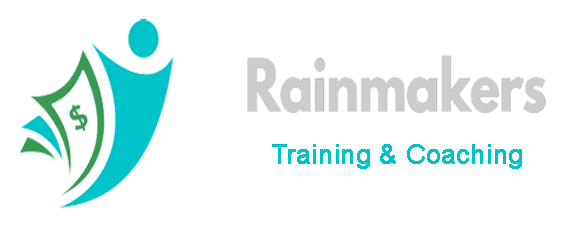
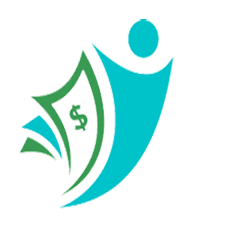
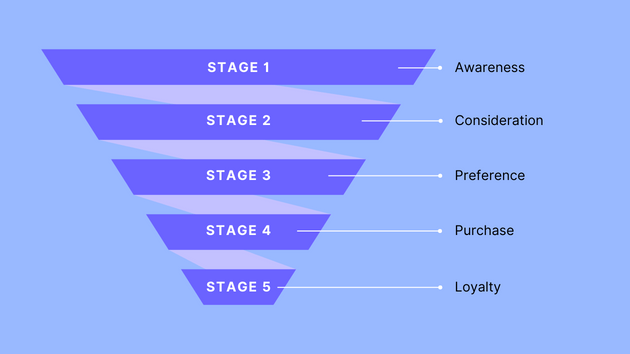

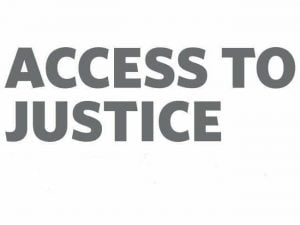
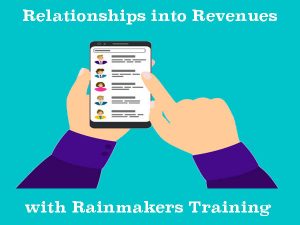

Comments are closed